Home>Interior Design>Decorating With Antiques: 12 Design Tips Plus Buying Advice
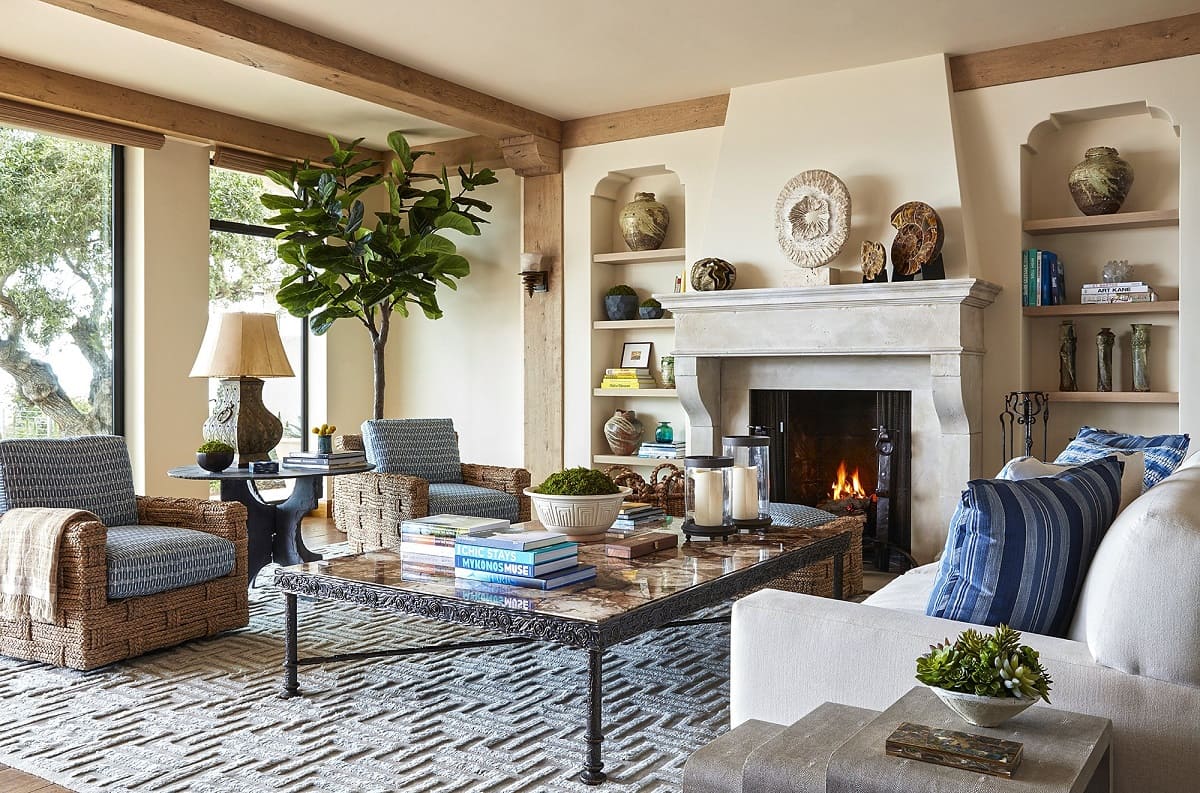

Interior Design
Decorating With Antiques: 12 Design Tips Plus Buying Advice
Modified: February 23, 2024
Discover the timeless charm of decorating with antiques. Get expert design tips and buying advice for interior design. Elevate your space with unique and vintage pieces that add character and style.
(Many of the links in this article redirect to a specific reviewed product. Your purchase of these products through affiliate links helps to generate commission for Storables.com, at no extra cost. Learn more)
Decorating with Antiques: 12 Design Tips Plus Buying Advice
Antiques add character, charm, and a sense of history to any room. Whether you’ve inherited a family heirloom or found a unique piece at a flea market, incorporating antiques into your interior design can create a truly unique and personalized space. To help you make the most of your antiques, we’ve compiled 12 design tips, along with some essential advice for buying antiques. Let’s dive in!
Key Takeaways:
- Embrace the eclectic by mixing different styles when decorating with antiques, creating a visually interesting and dynamic space that reflects your unique personality and design sensibility.
- Seek professional advice when buying antiques to ensure authenticity, preservation, and expertise, allowing you to make informed decisions and invest in valuable and cherished pieces for your collection.
Read more: Who Buys Antique Furniture
Embrace the Eclectic
Don’t be afraid to mix different styles when decorating with antiques. Combining antique and modern pieces can create a visually interesting and dynamic space. Choose antique pieces that offer a contrast to your existing furniture, creating a harmonious and eclectic look.
Make a Statement with a Statement Piece
Choose a standout antique piece that will become the focal point of your room. This could be a unique antique chair, a vintage armoire, or an intricately carved side table. Highlight its unique features by placing it in a prominent position and arranging the rest of the furniture around it.
Create Visual Balance
Balance your antique pieces with other elements in the room. If you have a large antique cabinet, for example, balance it out with smaller accents and furniture pieces. This will prevent the room from feeling overwhelmed by one dominant antique piece.
Incorporate Antiques in Unexpected Ways
Think outside the box when it comes to using antiques in your design. Instead of using a standard mirror, hang an antique mirror on the wall as a statement art piece. Repurpose antique furniture, such as using an old trunk as a coffee table or turning a vintage ladder into a bookshelf.
Consider Scale and Proportion
When selecting antique furniture, consider the size and scale of the room. Large antique pieces may overpower a small space, while smaller antiques may get lost in a larger room. Ensure that your antique pieces are proportional to the room they are placed in, creating a balanced and visually pleasing arrangement.
Harmonize with Color
Integrate your antique pieces into your existing color scheme. Consider the colors and finishes of your antiques when choosing wall paint, fabrics, and accessories. Use color to enhance the unique features of your antiques and create a cohesive and harmonious look.
Layer Textures for Depth
Pair your antique pieces with different textures to add depth and visual interest to your space. A combination of polished wood, aged leather, and soft textiles can create a rich and inviting atmosphere. Experiment with different textures to create a well-rounded and tactile design.
Showcase Antiques with Proper Lighting
Highlight the key features of your antique pieces by using accent lighting. Place table lamps or spotlights strategically to draw attention to the intricate details or unique craftsmanship. Combine different lighting sources, such as overhead lighting and floor lamps, to create a warm and inviting ambiance.
Read more: How To Clean An Antique Waffle Iron
Mix Old and New Materials
Don’t be afraid to mix antique pieces with modern materials. Pair a vintage wooden table with contemporary acrylic chairs or place an antique vase on a sleek glass console. This juxtaposition of old and new can create a visually stunning and interesting design.
Tell a Story with Antique Collections
Display your antique collections proudly to add a personal touch to your interior design. Whether it’s a collection of vintage cameras, antique books, or art prints, showcasing your treasures can become a conversation starter and a reflection of your individual style.
Seek Professional Advice
If you’re unsure about the authenticity or restoration of an antique piece, seek professional advice. Consult with antique dealers, appraisers, or interior designers who specialize in antiques. Their expertise can help you make informed decisions and ensure you’re investing in genuine and well-preserved pieces.
Buying Antiques: Essential Advice
When buying antiques, it’s important to do your research. Understand the market value of the item you’re interested in, as well as any relevant historical or cultural context. Inspect the piece thoroughly for quality and condition, looking for signs of wear or damage. Don’t hesitate to ask questions or request additional information from the seller.
Decorating with antiques offers endless possibilities for creating unique and stylish interiors. Follow these design tips and buying advice to make the most of your antique pieces and showcase your love for timeless beauty and craftsmanship.
Introduction
Antiques have the power to transport us to another time, to evoke nostalgia, and to add a touch of elegance and history to our spaces. Decorating with antiques is not only a way to express our individuality but also a way to create a unique and captivating interior design.
Whether you’ve inherited a family heirloom, stumbled upon a hidden gem in an antique shop, or deliberately sought out a specific piece, incorporating antiques into your decor can elevate your space into something truly special. The intricate craftsmanship, the patina of age, and the stories behind each antique lend a sense of character and charm that cannot be replicated with modern furnishings.
In this article, we will explore 12 design tips for decorating with antiques, along with essential advice for buying these cherished pieces. From incorporating antiques in unexpected ways to creating visual balance and harmony, we will guide you through the art of seamlessly blending the old and the new.
As with any design endeavor, the key to successfully incorporating antiques lies in striking the right balance. It’s important to create a cohesive look that celebrates the beauty of the antique pieces while ensuring they harmonize with your existing decor and personal style. Mixing different styles and eras can create a unique and eclectic aesthetic, infusing your space with warmth and personality.
By making a statement with a standout antique piece, you can create a focal point that becomes the heart of your room. Selecting a piece with unique features and showcasing it in a prominent position can add instant visual interest and become a conversation starter.
However, it’s equally important to consider scale and proportion when incorporating antiques into your space. Ensuring that your antique pieces are the right size for the room will help maintain a sense of balance and flow. The goal is to create a harmonious arrangement that showcases the beauty of the antiques without overwhelming the space.
Another key factor in successful antique decorating is color coordination. Integrating antiques into your existing color scheme can help create a cohesive and visually pleasing look. By considering the colors and finishes of your antique pieces, you can strategically choose wall paint, fabrics, and accessories that enhance their unique features.
Texture also plays a vital role in creating depth and visual interest in a space. By pairing antique pieces with different textures, such as polished wood, aged leather, or soft textiles, you can create a tactile and inviting atmosphere. Experimenting with textures adds richness and dimension to your design, making your space feel more layered and curated.
Proper lighting is essential for showcasing the beauty of your antique pieces. Highlighting their unique features with accent lighting can draw attention to their intricate craftsmanship and create a captivating visual display. Combining different lighting sources, such as table lamps and floor lamps, can also create a cozy and inviting ambiance.
Incorporating antiques in unexpected ways can add a delightful and unexpected twist to your design. Repurposing antique furniture or using antique mirrors as art pieces can infuse your space with creativity and individuality. By thinking outside the box, you can transform your antiques into functional and stylish elements of your decor.
Choosing the right antique pieces and incorporating them into your space requires knowledge and expertise. Seeking professional guidance from antique experts or interior designers can help you navigate the world of antiques, ensuring authenticity and making informed decisions.
Lastly, when buying antiques, it’s crucial to do your research and inspect the pieces carefully. Understanding the market value, as well as the condition and quality of the piece, will help you make wise investments. Don’t be afraid to ask questions and gather as much information as possible before making a purchase.
In the following sections, we will delve deeper into each of these design tips and essential buying advice, providing you with the knowledge and inspiration to create a space that celebrates the timeless charm and allure of antiques. Let’s embark on this journey of decorating with antiques and transform your space into a haven of history, beauty, and personal style.
Key Takeaways:
- Embrace the eclectic by mixing different styles when decorating with antiques, creating a visually interesting and dynamic space that reflects your unique personality and design sensibility.
- Seek professional advice when buying antiques to ensure authenticity, preservation, and expertise, allowing you to make informed decisions and invest in valuable and cherished pieces for your collection.
Read more: Who Buys Antique Furniture
Embrace the Eclectic
When decorating with antiques, don’t be afraid to embrace an eclectic style by mixing different design periods and styles. The beauty of incorporating antiques into your space lies in the ability to blend old and new, creating a unique and visually interesting look.
By mixing styles, you can create a harmonious juxtaposition that adds depth and personality to your space. Combining antique pieces with contemporary furniture or incorporating Art Deco accents with rustic elements can result in a captivating and eclectic design.
One approach to embracing the eclectic is to choose contrasting pieces. Look for antique furniture or accessories that offer a striking contrast to your existing decor. For example, pair a delicate Victorian vanity with a sleek, modern chair, or place an ornate gilded mirror against a minimalist backdrop.
Contrasting pieces not only create visual interest but also provide a balance between old and new aesthetics. The blend of styles can bring out the unique characteristics of each piece and create a harmonious composition that showcases the beauty of your antiques.
To achieve a successful eclectic mix, it’s important to find a common thread that ties the different elements together. This can be achieved through color, shape, or material. For example, you can tie together a mix of antique and modern pieces by incorporating a consistent color palette, such as using warm earth tones throughout the space.
Another way to create a cohesive look is to pay attention to scale and proportion. Ensure that the sizes of your antique pieces and contemporary furnishings are balanced, so that one doesn’t overshadow the other. By maintaining a sense of equilibrium, you can create a visually pleasing and well-curated space.
When mixing styles, keep in mind that the key is to create a cohesive and balanced composition, rather than a cluttered mishmash. Take time to consider how each piece will work together within the overall design scheme. This may involve experimenting and rearranging until you achieve the desired aesthetic.
Embracing the eclectic allows you to break free from conventional design rules and lets your creativity shine. By creating an eclectic mix of styles, you can transform your space into a personal sanctuary that reflects your unique personality and design sensibility.
Remember, the goal is to create a harmonious and visually captivating space. So, don’t be afraid to mix and match, experiment with different styles, and let your imagination run wild when decorating with antiques. Embrace the unexpected, and you’ll be rewarded with a dynamic and engaging interior that delights the senses.
Make a Statement with a Statement Piece
To truly make an impact when decorating with antiques, consider incorporating a standout statement piece into your design. A statement piece is a remarkable antique that captures attention and becomes the focal point of a room.
When selecting a standout antique, look for pieces that have unique features, exquisite craftsmanship, or captivating historical significance. It could be a beautifully carved Victorian sideboard, an intricately detailed Art Nouveau chandelier, or a rare mid-century modern chair designed by a renowned artist.
The statement piece you choose should reflect your personal style and resonate with you on a deeper level. It should speak to your passion for history, art, or design. Whether you’re drawn to antiques for their cultural significance, their timeless elegance, or their sentimental value, incorporating a statement piece can be a powerful way to express your individuality.
Once you’ve selected your standout antique, it’s important to highlight its unique features to create maximum impact. Place the piece in a prominent position, such as the center of the room or a focal point wall. Arrange other furniture and decor around it in a way that draws attention to its beauty and craftsmanship.
Consider using lighting to enhance the features of your statement piece. Install accent lighting, such as spotlights or wall sconces, to create a spotlight effect that illuminates the intricate details. This not only emphasizes the unique qualities of the antique but also adds a touch of drama and elegance to the overall design.
Another way to highlight the unique features of your statement piece is through careful styling and placement. Choose complementary accessories and decor elements that enhance its aesthetic appeal. For example, if your statement piece is a timeless antique table, showcase it with a stunning centerpiece and carefully curated decorative items that accentuate its elegance.
Remember, the goal is to create a harmonious composition that showcases the beauty of the statement piece while complementing the overall design scheme. Don’t overcrowd the space with too many conflicting elements. Instead, let the statement piece take center stage, allowing it to tell its story and captivate anyone who enters the room.
Making a statement with a standout antique piece not only adds visual interest and elegance to your design but also gives you the opportunity to celebrate the craftsmanship and history behind the piece. It becomes a conversation starter and a symbol of your unique style and appreciation for the finer things in life.
So, whether it’s a rare vintage find from an antique market or a family heirloom passed down through generations, don’t hesitate to make a bold statement with an antique piece that speaks to your soul. Let it be the focal point of your space, and watch as it transforms your interior into a place of beauty, intrigue, and personal expression.
Create Visual Balance
When decorating with antiques, it’s essential to create visual balance within your space. Visual balance refers to the distribution of visual weight in a room, ensuring that no single element dominates the space while still allowing the antique pieces to shine.
One effective way to achieve visual balance is by using antiques as focal points in your design. Choose one or two key antique pieces to serve as the centerpiece of a room. These can be a stunning antique armoire in the bedroom, a captivating antique dining table in the dining room, or a beautiful vintage desk in the home office.
By featuring antiques as focal points, you create a sense of visual hierarchy within the room. The eye is drawn to these special pieces, and they become the focal point around which the rest of the design revolves. Arrange other furniture, accessories, and decor items in a way that complements and enhances the presence of the antique focal points.
Balancing old and new elements is also crucial in creating visual harmony. While the antique pieces act as the statement pieces, it’s important to incorporate other furnishings and decor items that balance the overall visual aesthetic. This includes pairing antiques with modern or contemporary furniture and accessories.
For example, if you have an antique Victorian sofa, balance it out with modern accent chairs or a sleek coffee table. This juxtaposition of old and new creates an interesting contrast and adds depth and character to the space. It prevents the room from feeling outdated or overwhelmed by the antique pieces alone.
When balancing old and new elements, consider the scale and proportion of different items. Ensure that your antique pieces are appropriately sized for the room and that they harmonize with other furniture in terms of size and placement. This will create a balanced and visually pleasing composition.
In addition to furniture, pay attention to the accessories and decor items you incorporate into your space. Mix antique and contemporary art, lighting fixtures, and decorative objects to create a visually interesting and diverse collection. This eclectic blend adds personality, depth, and texture to your design, further enhancing visual balance.
When designing with antiques, it’s important to remember that balance doesn’t mean equal distribution. Instead, it implies a careful arrangement that allows antique pieces to shine while still harmonizing with the other elements. A well-balanced room allows for a cohesive and visually appealing design that celebrates the unique beauty of your antiques.
Creating visual balance in your space ensures that each element has its rightful place and contributes to the overall harmony and composition. By using antiques as focal points and balancing old and new elements, you allow the charm and history of the antiques to be appreciated while creating a space that feels timeless, inviting, and well-curated.
Incorporate Antiques in Unexpected Ways
When decorating with antiques, don’t limit yourself to conventional uses. Instead, explore creative ways to incorporate antiques into your design, adding a touch of uniqueness and intrigue to your space.
One unexpected way to use antiques is by using antique mirrors as art pieces. Antique mirrors possess a timeless beauty and elegance that can instantly elevate the aesthetic of a room. Rather than simply using them for their functional purpose, consider hanging an antique mirror on a prominent wall to create a stunning focal point.
Antique mirrors with ornate frames or intricate details can make a bold statement and lend a touch of vintage charm to your space. They can be particularly impactful when placed in key areas such as the living room, dining room, or hallway, where they can reflect light and visually expand the space.
Another way to incorporate antiques in unexpected ways is by repurposing antique furniture. Antique pieces, with their solid craftsmanship and unique design, can be transformed into functional and stylish elements with a bit of creativity.
For example, an old wooden trunk can be repurposed as a coffee table in the living room, providing both storage and a conversation starter. A vintage dresser can be used as a media console, with the drawers serving as storage for electronics and media devices. Repurposing antique furniture not only breathes new life into these pieces but also adds a touch of history and character to your space.
When repurposing antique furniture, consider the form and function of the piece. Are there certain features that can be highlighted or modified to fit its new purpose? Can the piece be restored or refinished to match your design aesthetic?
Remember, repurposing antiques allows you to create a truly unique and personalized space. It adds a layer of storytelling and authenticity to your design, as each repurposed piece carries with it a history and a sense of nostalgia.
When incorporating antiques in unexpected ways, it’s important to strike a balance between the old and the new. Ensure that the repurposed antique pieces harmonize with the overall style and theme of the room. By juxtaposing the vintage charm of antiques with modern or contemporary elements, you create a dynamic and visually interesting design.
Incorporating antiques in unexpected ways not only adds character and depth to your space but also showcases your creativity and individuality. It allows you to transform ordinary pieces into extraordinary elements that captivate the eye and become conversation starters.
So, embrace the beauty and versatility of antiques, and let your imagination guide you as you explore innovative ways to incorporate them into your design. Whether using antique mirrors as art pieces or repurposing antique furniture, these unexpected touches will infuse your space with history, charm, and a sense of wonder.
Consider Scale and Proportion
When incorporating antique furniture into your space, one key aspect to consider is scale and proportion. Matching the scale of your antique pieces to the size of the room is essential for creating a balanced and visually pleasing design.
Start by assessing the size of your room. If you have a small or compact space, it’s important to select antique furniture that is appropriate in scale. Oversized or bulky antique pieces can overpower a smaller room, making it feel cramped and crowded. Opt for smaller, more streamlined antique pieces that fit comfortably within the limited space.
Conversely, if you have a large room with high ceilings, you can consider larger antique furniture to make a bold statement. A grand antique dining table or an oversized antique armoire can create a sense of drama and fill the space effectively. Just be mindful of balancing larger antique pieces with smaller accents to avoid overwhelming the room.
In addition to matching the scale of your antique furniture to the size of your room, it’s important to create a sense of balance and harmony within the space. This involves balancing the proportions of your antique pieces with the other elements in the room, such as contemporary furniture, accessories, and architectural features.
For example, if you have a large antique bookshelf, balance it out with smaller accent furniture pieces and accessories. Place a pair of contemporary side tables or smaller antique chairs nearby to create a sense of balance. This helps prevent the room from feeling top-heavy or disjointed.
Familiarize yourself with the concept of visual weight. An antique piece with a deep, dark wood finish might visually outweigh lighter, more delicate modern furnishings. To maintain balance, consider distributing the visual weight evenly throughout the room. This can be achieved by using color, texture, or grouping other furniture to balance out the visual impact of the antique piece.
Another approach to maintaining proportion is to group furniture pieces of similar size or visual weight together. This creates a cohesive and visually pleasing arrangement. For example, place a medium-sized antique table with smaller antique chairs to create a sense of proportion and balance.
Remember, achieving the right balance between antique furniture and other elements in the room is key. Each piece should have its place and contribute to the overall harmony of the design. By considering scale and proportion, you create a space that feels balanced, visually pleasing, and well-proportioned.
Incorporating antique furniture into your space is an opportunity to celebrate the craftsmanship and history of these timeless pieces. By matching furniture to room size and balancing larger pieces with smaller accents, you can maintain a sense of balance and create a visually pleasing design that showcases the beauty of your antique furniture.
Harmonize with Color
When decorating with antiques, harmonizing with color is essential to create a cohesive and visually appealing design. Integrating antique pieces into your existing color scheme allows them to seamlessly blend with the overall aesthetic of the room.
Begin by analyzing the colors present in your antique pieces. Pay attention to the hues, tones, and finishes of the wood, upholstery, and decorative details. These can serve as a starting point for selecting a color palette that complements and enhances the beauty of your antiques.
If your antique pieces feature warm wood tones, consider incorporating complementary colors like rich browns, deep reds, or golden yellows into your color scheme. On the other hand, if your antique pieces have a cool color palette, such as grey or blue, you can harmonize with cool neutrals or soft pastels.
Once you have determined the color palette, think about how to integrate these colors into your space. One approach is to use the wall color as a backdrop to showcase your antique pieces. Choose a neutral or muted shade that complements the colors in the antiques without detracting attention from them.
If you prefer a more subtle integration, consider incorporating color through accessories like throw pillows, curtains, or rugs. These elements can tie together the color scheme and enhance the beauty of your antique pieces. For example, add a pop of color with vibrant throw pillows that pick up the tones in an antique upholstery fabric or use a patterned rug that incorporates the colors of your antiques.
Using color to enhance antique features is another effective strategy. Highlight the intricate detailing or craftsmanship of your antiques by painting the surrounding walls or furniture in a complementary or contrasting color. This creates a visual contrast that draws the eye to the beauty and uniqueness of your antique pieces.
Consider creating a focal point by selecting one standout antique piece and using color to emphasize its features. For example, if you have an antique cabinet with beautiful carvings, paint the walls a contrasting color to accentuate its presence. This technique allows the antique to take center stage and become the highlight of your design.
Remember, the goal is to create a harmonious color scheme that enhances the beauty of your antiques. When selecting colors, consider the overall mood and style you want to achieve. Experiment with different options to see what works best for your space and personal aesthetic.
Keep in mind that applying color strategically can transform your space and breathe new life into your antique pieces. Carefully consider how different colors will interact with the overall design, as well as with the natural lighting in the room. The right color choices will help your antiques shine and create a captivating and harmonious interior design.
By harmonizing with color, you bring together the old and the new, creating a cohesive, visually appealing, and timeless design that celebrates the beauty of your antique pieces.
Layer Textures for Depth
One of the key principles of interior design is to create visual interest and depth in a space. When decorating with antiques, incorporating different textures is an effective way to achieve this. By pairing antiques with a variety of textures, you can add depth and tactile appeal to your design.
When selecting textures, think about the materials and finishes of your antique pieces. Consider the texture of the wood, the upholstery fabric, or the decorative elements. These characteristics can guide you in choosing complementary textures that will accentuate the beauty of your antiques.
For instance, if you have a smooth and polished antique wooden table, you can juxtapose it with a rough or textured rug. This contrast creates a visually interesting composition and highlights the unique qualities of each element. Mixing textures in this way adds visual and tactile intrigue to your space.
Layering textures extends beyond furniture and floor coverings. Consider incorporating different fabric textures through window treatments, throw pillows, and upholstery. Mixing satin, velvet, linen, or wool can create a sense of depth and richness in your design. For example, pair a soft velvet chair with a grainy linen pillow for a delightful contrast.
Additionally, consider adding depth through materials. Mix and match metal finishes, such as polished brass with aged bronze, or incorporate reflective surfaces like glass or mirrors. Each material brings its own texture, shine, and dimension to the space. Experiment with different combinations to achieve a harmonious blend of elements.
Another way to add depth and texture is through layering. Layering is the art of combining different textures through accessories and decor items. Add a chunky knit throw over a leather armchair, place a woven basket next to a sleek console, or hang a tapestry on a bare wall. These layers create a visually dynamic and inviting environment.
When layering textures, ensure that there is a balance between bold and subtle elements. Too many competing textures can overwhelm a space, detracting from the beauty of your antiques. Aim for a harmonious composition that allows each texture to shine while creating an overall cohesive design.
Lastly, remember that textures should complement the overall style and theme of your space. A rustic antique paired with natural textures like wood, rattan, or stone creates a cozy and organic feel. In contrast, a sleek antique piece can be enhanced by smoother textures like glass, metal, or glossy finishes.
By intentionally pairing different textures, you can transform your space into a tactile and visually captivating experience. The combination of textures adds depth, character, and a sense of warmth and comfort to your design.
So, don’t be afraid to experiment and explore various textures when decorating with antiques. Celebrate the variety of materials and finishes available and use them to showcase the beauty and uniqueness of your antique pieces.
Showcase Antiques with Proper Lighting
Proper lighting is crucial when it comes to showcasing the beauty and detail of your antique pieces. Thoughtfully illuminating your antiques brings attention to their key features, creates a captivating display, and enhances the overall ambiance of your space.
One way to highlight your antiques is by using accent lighting. Install spotlights, track lighting, or picture lights to focus attention on specific pieces. These light fixtures can be adjusted to direct light precisely where you want it, highlighting the intricate craftsmanship or unique details of your antiques.
Consider placing accent lights above or below wall-mounted antiques, such as paintings or mirrors, to create a dramatic effect. Lighting fixtures with adjustable arms can be positioned to cast a spotlight on a specific area, drawing attention to the exquisite details of your antique artwork or decorative objects.
To create a harmonious lighting scheme, utilize a mix of lighting sources. This includes incorporating ambient, accent, and task lighting. Ambient lighting provides overall illumination to the space, while accent lighting highlights specific items or areas. Task lighting serves a functional purpose, providing focused light for activities like reading or working.
Using a variety of lighting sources creates layers of light that add depth and dimension to your space. For example, combine a central chandelier or pendant light with strategically placed table lamps or floor lamps. This combination of lighting fixtures creates a warm and inviting ambiance and allows for different lighting options throughout the day.
Consider the positioning of your antique pieces in relation to natural light sources, such as windows or skylights. Avoid placing antiques in direct sunlight, as this can cause fading and damage to delicate materials. Utilize curtains or blinds to control the amount of natural light entering the space and protect your antiques from harmful UV rays.
Additionally, consider using lighting to create a sense of drama and focal points within your space. By experimenting with different lighting techniques, such as uplighting or backlighting, you can add depth and highlight the unique features of your antiques. Play with the placement of light sources to cast interesting shadows and create a captivating visual display.
When selecting bulbs for your antique lighting fixtures, choose warm or soft white bulbs to create a cozy and inviting atmosphere that complements the timeless beauty of your antiques. Avoid using harsh or cool-toned bulbs that can detract from the warmth and character of your pieces.
Remember, proper lighting is not only about functionality but also about enhancing the aesthetics of your antiques. Highlighting the key features of your antique pieces through a well-planned lighting scheme elevates their beauty and creates a captivating visual experience for anyone entering the room.
By using accent lighting, incorporating a mix of lighting sources, and considering the positioning of your antiques in relation to natural light, you can showcase your antiques in the best possible light and create a space that feels both inviting and enchanting.
Read more: How To Clean An Antique Waffle Iron
Mix Old and New Materials
When decorating with antiques, don’t be afraid to mix old and new materials. Pairing modern materials with antique pieces can create a visually stunning and dynamic design that adds depth and interest to your space.
Incorporating modern materials alongside antiques allows you to create a beautiful contrast that highlights the unique qualities of each piece. It creates a visual dialogue between the past and present, bridging the gap between different design eras and creating a harmonious blend of old and new.
One way to mix old and new materials is through furniture selection. Pair an antique wooden dining table with modern acrylic chairs, or place a sleek glass coffee table in front of a vintage velvet sofa. This juxtaposition of materials creates a striking contrast that adds visual interest and showcases the beauty of your antique pieces.
When incorporating modern materials, consider choosing finishes and textures that complement the aesthetic of the antiques. For example, if you have an antique wooden cabinet, contrast it with a polished metal or mirrored sideboard. The combination of warm wood and sleek metal adds dimension and creates a visually balanced composition.
Another way to mix old and new materials is through decorative accessories and accents. Incorporate contemporary artwork, sculptural pieces, or modern lighting fixtures into your space to create a dynamic blend of styles. A contemporary piece displayed on an antique console or a modern lamp placed on an antique side table can create an intriguing juxtaposition.
Consider using modern materials in architectural elements as well. Incorporate glass partitions, stainless steel handrails, or concrete floors to contrast with intricate woodwork or ornate plasterwork. This balance of old and new materials in structural elements adds a touch of contemporary design while highlighting the craftsmanship of your antiques.
By mixing old and new materials, you create a space that is visually engaging and adds depth to your design. The combination of different materials adds a sense of richness and diversity while allowing your antique pieces to stand out and shine.
When incorporating modern materials, it’s important to maintain a sense of balance. Avoid overwhelming your antique pieces with too many contemporary elements. Create a cohesive composition by carefully selecting and placing each item, ensuring that they work together to enhance the beauty of your antiques.
Remember, the goal is to create a harmonious dialogue between old and new materials. The contrast between traditional and modern elements adds intrigue and personality to your design, resulting in a space that is both timeless and contemporary.
So, don’t hesitate to mix old and new materials when decorating with antiques. Embrace the dynamics of different textures, finishes, and styles to create a visually captivating and balanced interior that celebrates the best of both worlds.
Tell a Story with Antique Collections
Antique collections tell a story and serve as a reflection of your personal interests and passions. Incorporating these collections into your interior design adds a sense of history and personality to your space. Whether it’s a collection of vintage cameras, antique books, or art prints, showcasing your treasures as part of your decor can become a fascinating conversation starter and a way to infuse your space with personal meaning.
Displaying antique collections allows you to create visual interest and focal points within your design. Arrange your collection in an intentional and curated way, using shelves, display cabinets, or wall-mounted racks to show off your pieces. This not only adds a touch of charm but also creates an opportunity for storytelling and connection with others.
Consider the placement of your collection within your space. Display it in an area where it can take center stage, such as a living room, study, or dedicated gallery wall. This allows your antique collection to become a focal point, drawing attention and sparking curiosity.
Use creative and thoughtful ways to showcase your collections. Group similar items together to create visual impact and highlight the uniqueness of each piece. For example, hang a collection of vintage hats on a wall, display antique cameras on a dedicated shelf, or arrange a collection of antique porcelain figurines on a mantelpiece.
In addition to displaying your collections as standalone pieces, consider incorporating them into vignettes alongside other decor items. This allows you to blend your collections with other design elements, creating a layered and visually interesting composition. For example, pair a collection of antique books with a vintage typewriter on a side table or arrange antique teacups and saucers next to a beautiful floral arrangement.
Antique collections also offer an opportunity to personalize your space and tell your own story. Each piece in your collection represents a moment in history, a memory, or a connection to your heritage. By incorporating these pieces into your decor, you bring a sense of authenticity and warmth to your space.
Don’t be afraid to mix different collections together or combine them with modern decor items. This adds a unique and eclectic touch to your design while celebrating your individual style and interests. The key is to create a cohesive composition that allows each collection to shine while harmonizing with the overall design aesthetic.
By sharing your antique collections with others, you invite them into your world and create opportunities for engaging conversations and connections. Your collections become a window into your passions, experiences, and the stories that have shaped you.
Remember, your antique collections are more than just decorative items – they are personal artifacts that carry meaning and history. Incorporating them into your interior design not only adds visual interest but creates a space that is rich in personal significance and tells a story unique to you.
So, proudly display your antique collections, share the stories behind them, and let them become a centerpiece in your home. By doing so, you create a space that is visually captivating, deeply personal, and full of character.
Seek Professional Advice
When it comes to incorporating antiques into your interior design, seeking professional advice can be invaluable. Consulting with antique experts or interior designers who specialize in antiques can provide you with guidance, expertise, and ensure the authenticity and preservation of your precious pieces.
Antique experts possess in-depth knowledge about different periods, styles, and materials, allowing them to provide valuable insights into your antiques. They can help you identify the historical significance and value of your pieces, as well as offer advice on proper maintenance and care.
An antique expert can help you determine the authenticity of an antique by examining its construction, materials, and identifying marks. With their expertise, they can distinguish genuine antiques from modern reproductions or fakes. This ensures that you are investing in authentic and valuable pieces for your collection.
Additionally, antique experts can guide you on the proper restoration and preservation of your antiques. They have the know-how to identify potential issues, such as structural damage or deterioration, and can recommend trusted professionals for restoration work. Their advice can help you maintain the integrity and value of your antiques for years to come.
Interior designers with a specialization in antiques can provide guidance on how to incorporate your pieces into your overall design scheme. They understand how to balance antiques with modern elements, create visual harmony, and maximize the impact of your antique collection within your space.
An interior designer can work with you to develop a design plan that showcases your antiques while considering other design elements such as color, texture, and scale. They can provide insights on furniture placement, lighting design, and help you create a cohesive and visually appealing interior.
When seeking professional advice, it’s important to do your research and find reputable experts or designers with experience in antiques. Look for individuals or firms that have a track record of working with antiques and positive reviews from satisfied clients. Ask for referrals, visit showrooms, or attend antique fairs and exhibitions to connect with professionals in the field.
During consultations with experts or designers, be prepared with information about your antiques, such as their provenance, condition, and any specific concerns you may have. Ask questions about their experience, how they work with clients, and how they can specifically help you with your antique collection.
Remember that seeking professional advice is an investment in both the preservation and enhancement of your antiques and the overall design of your space. The knowledge and expertise of professionals in the field can save you time, money, and potential headaches down the line.
So, don’t hesitate to reach out to antique experts or interior designers with experience in antiques. Their professional guidance will ensure that your antiques are properly cared for, preserved, and integrated into a beautifully curated interior design.
Buying Antiques: Essential Advice
Buying antiques can be an exciting and rewarding experience, but it’s important to approach the process with care and knowledge. Here are some key pieces of advice to consider when purchasing antiques:
Researching and understanding the market is essential. Take the time to educate yourself about different periods, styles, and makers. Familiarize yourself with current market trends, prices, and reputable dealers or auction houses. This knowledge will empower you to make informed decisions and ensure that you are paying a fair price for your antiques.
Inspecting for quality and condition is crucial when buying antiques. Examine the piece carefully, paying attention to any wear, damage, or repairs. Look for signs of authenticity, such as maker’s marks or labels. Don’t hesitate to ask the seller for more information or additional photos to ensure that you are fully informed about the condition of the piece.
Consider the provenance and history of the antique. Research its background, previous owners, and any interesting anecdotes or stories associated with it. This adds to the allure and value of the piece, and it allows you to understand its cultural or historical significance.
Buy from reputable sources. Whether you choose to buy from antiques dealers, auction houses, or online marketplaces, it’s crucial to ensure that you are dealing with trustworthy sellers. Look for established businesses with a good reputation and positive customer reviews. If buying online, make sure the website has secure payment options and a clear return policy.
Don’t be afraid to negotiate the price. Many antique sellers expect some degree of negotiation, so it’s worth trying to strike a deal. However, be respectful and reasonable in your negotiations. Remember that quality antiques come at a cost, and it’s important to recognize the value of the piece you are purchasing.
If you are unsure about the authenticity or value of an antique, consider seeking professional advice. Consult with antique experts or appraisers who can provide insights and confirm the authenticity and worth of the piece. Their expertise can prevent you from making costly mistakes and ensure that you are making a sound investment.
When buying antiques, trust your instincts and buy what you love. Antiques are unique and have a rich history, so choose pieces that resonate with you personally. Your love and appreciation for the piece will make it a cherished part of your collection and bring joy every time you see it in your home.
Remember that acquiring antiques is not just about owning beautiful objects, but also about preserving history and craftsmanship. Treat your antiques with care and respect, and enjoy the stories they tell as they become part of your family’s legacy.
By following these essential pieces of advice, you can navigate the world of buying antiques with confidence and make informed decisions that will result in acquiring unique and valuable pieces for your collection.
Conclusion
Decorating with antiques is an art that allows you to create a space filled with history, charm, and personal expression. By incorporating antique pieces into your interior design, you infuse your space with a sense of timelessness and sophistication.
Throughout this article, we have explored 12 essential design tips for decorating with antiques, as well as valuable advice for buying these cherished pieces. From embracing the eclectic and making a statement with standout pieces to creating visual balance and harmonizing with color, each tip offers guidance on how to make the most of your antique collection.
By embracing an eclectic style and mixing different design periods and styles, you can create a visually interesting and dynamic space. Making a statement with a standout antique piece allows you to highlight its unique features and create a focal point in your room. Creating visual balance, incorporating antiques in unexpected ways, and considering scale and proportion help ensure a harmonious arrangement within your design.
Harmonizing with color allows you to integrate your antique pieces into your existing color scheme, creating a cohesive and visually pleasing look. Layering textures for depth adds tactile appeal and visual interest to your space. Proper lighting showcases the beauty of your antiques, emphasizing key features and creating a captivating ambiance.
Mixing old and new materials adds a refreshing contrast and creates a design that is both timeless and contemporary. And by displaying antique collections, you create a space that tells a story, sparks conversations, and reflects your personal interests and passions.
Seeking professional advice when buying antiques is essential to ensure authenticity, preservation, and expertise. Consulting with antique experts or interior designers can offer guidance on authenticity, restoration, and how to seamlessly incorporate antiques into your design.
In conclusion, decorating with antiques allows you to create a space that is filled with character, elegance, and a sense of history. It is a way to honor craftsmanship, preserve heritage, and celebrate individuality. By following the design tips and advice in this article, you can transform your space into a haven of beauty and legacy.
Remember to approach the process with curiosity, research, and respect for these precious pieces. Whether it’s a family heirloom passed down through generations or a unique find discovered in an antique shop, each antique holds its own story and adds a touch of magic to your home.
So, go forth and immerse yourself in the world of antiques. Let your creativity soar as you curate a space that reflects your unique style, showcases your cherished pieces, and tells a story that will enrich your life and those who enter your home.
Frequently Asked Questions about Decorating With Antiques: 12 Design Tips Plus Buying Advice
Was this page helpful?
At Storables.com, we guarantee accurate and reliable information. Our content, validated by Expert Board Contributors, is crafted following stringent Editorial Policies. We're committed to providing you with well-researched, expert-backed insights for all your informational needs.
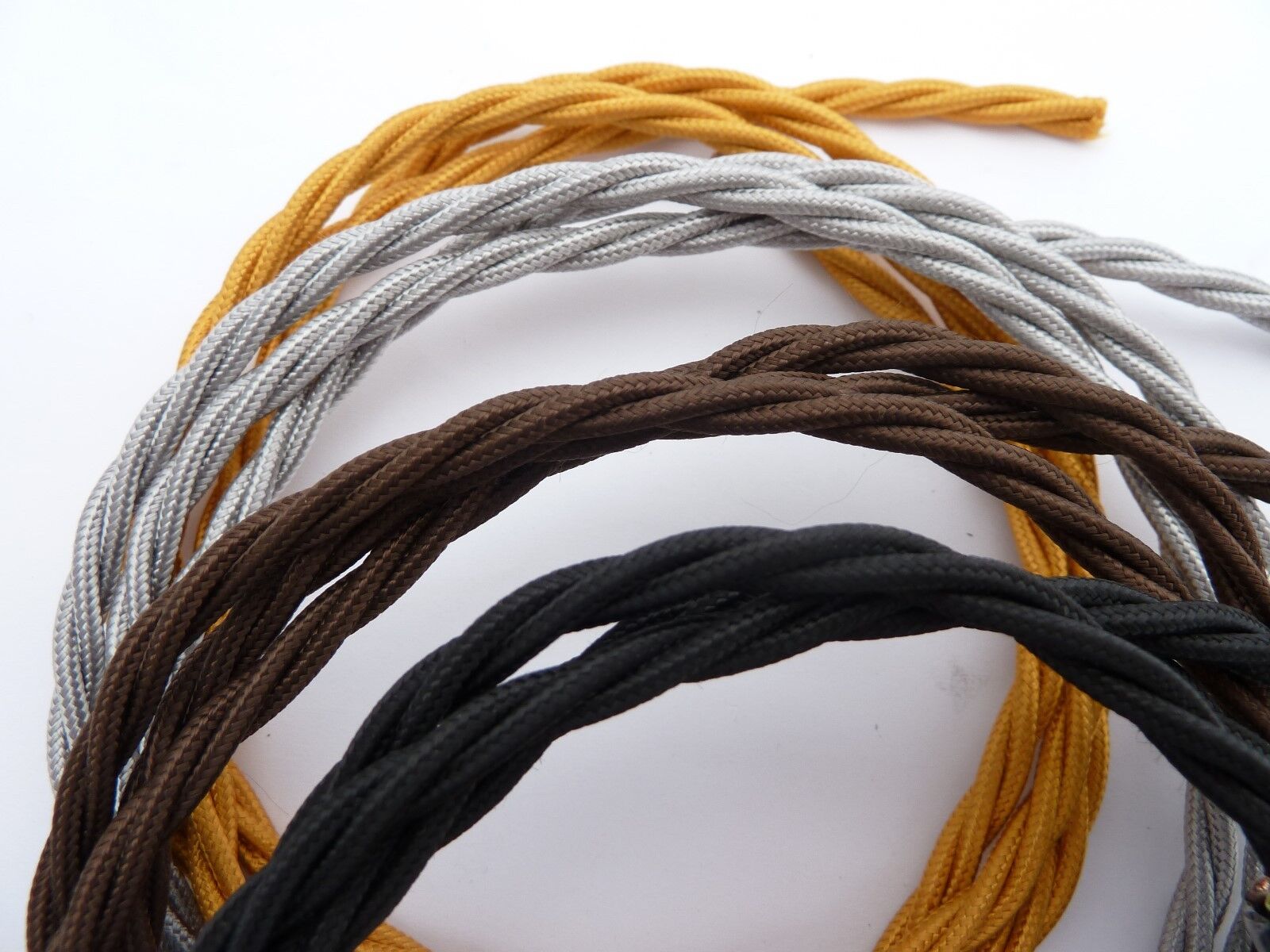
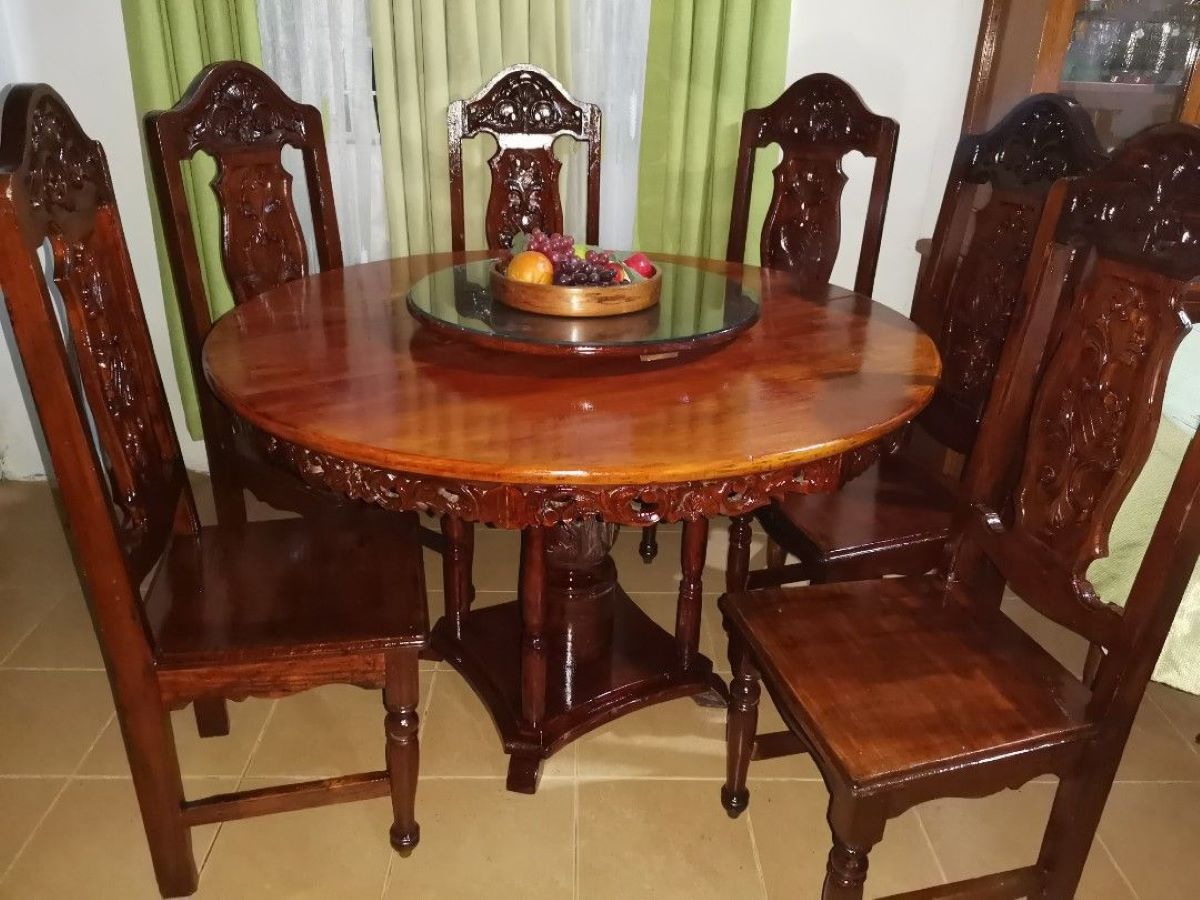
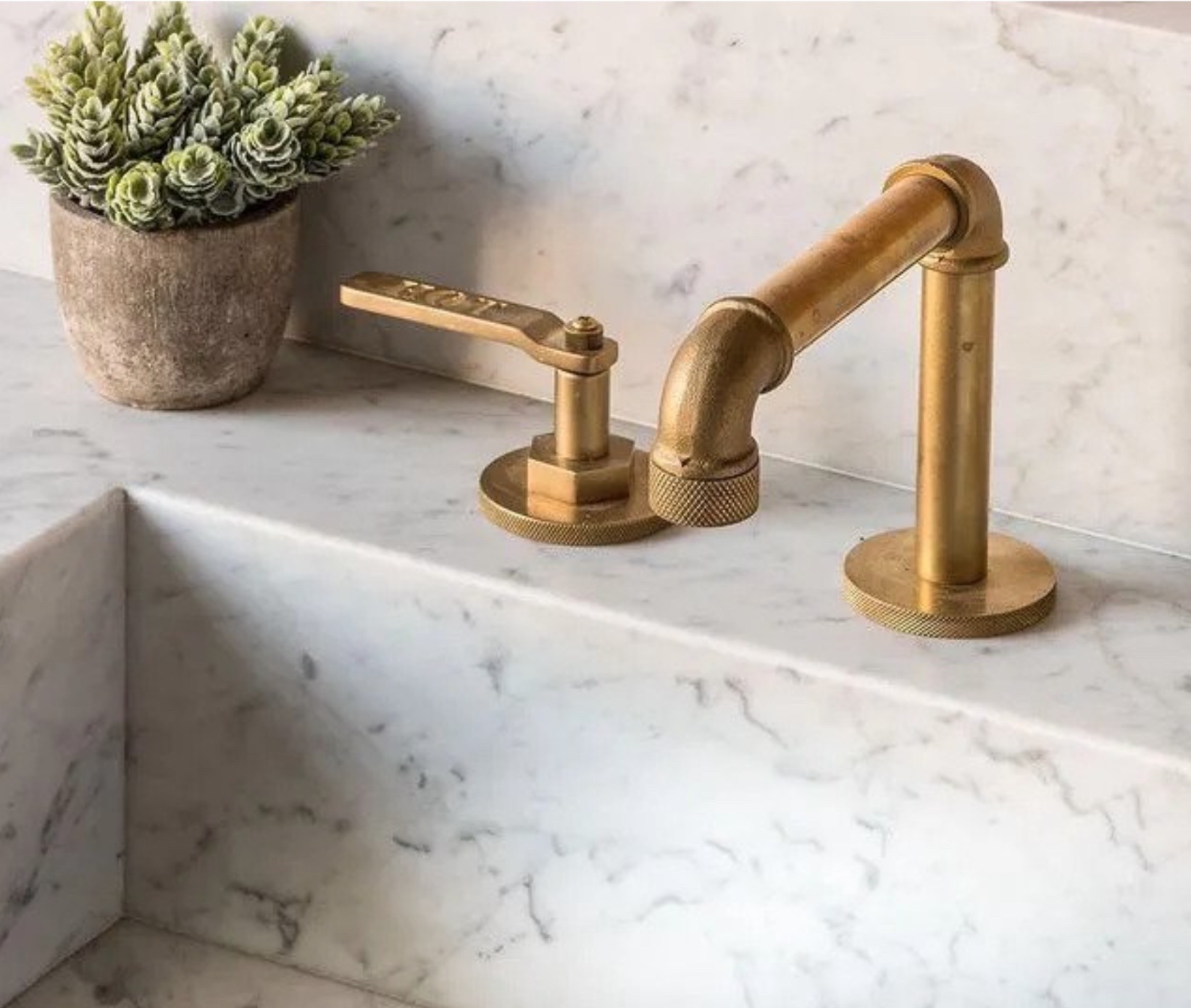
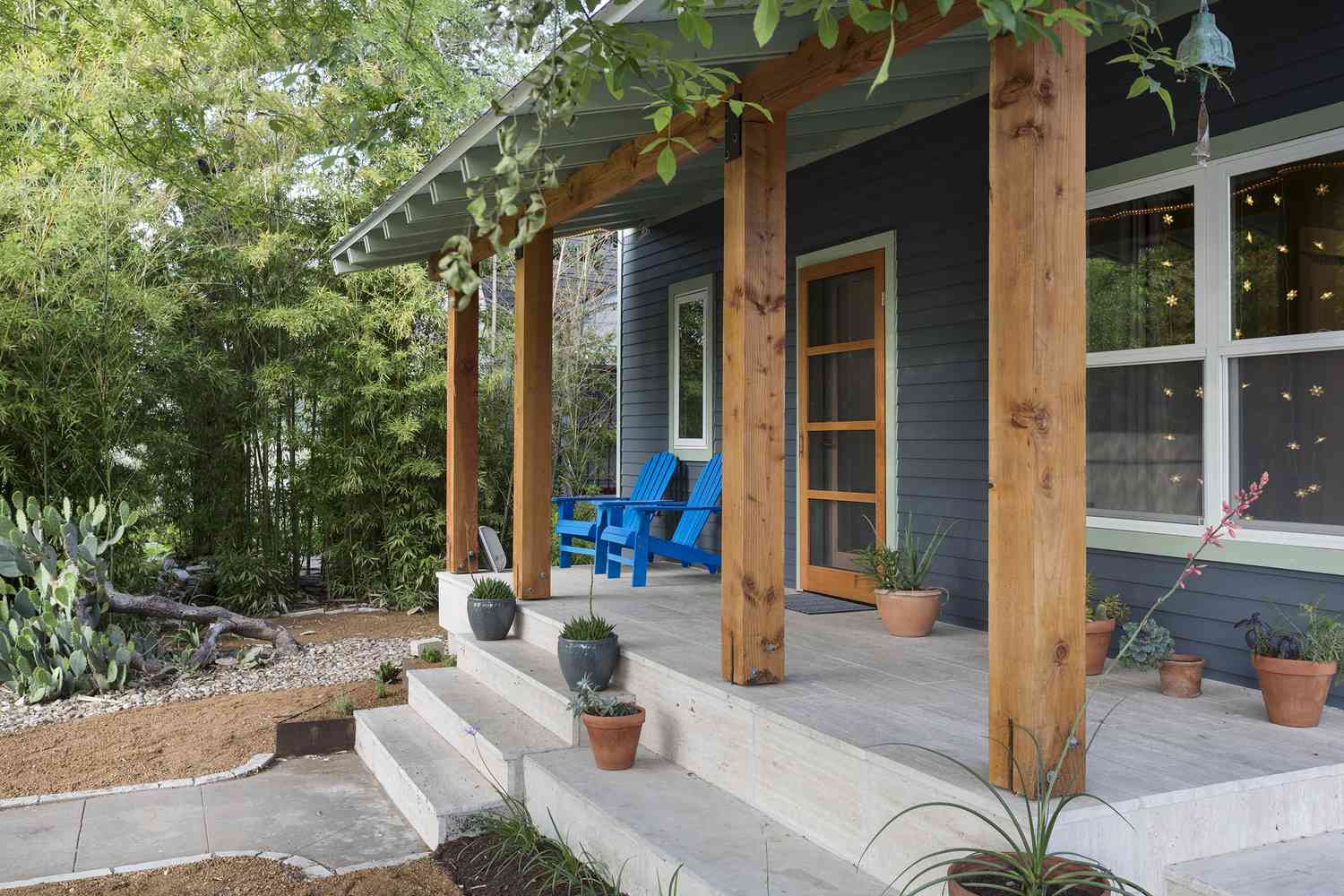
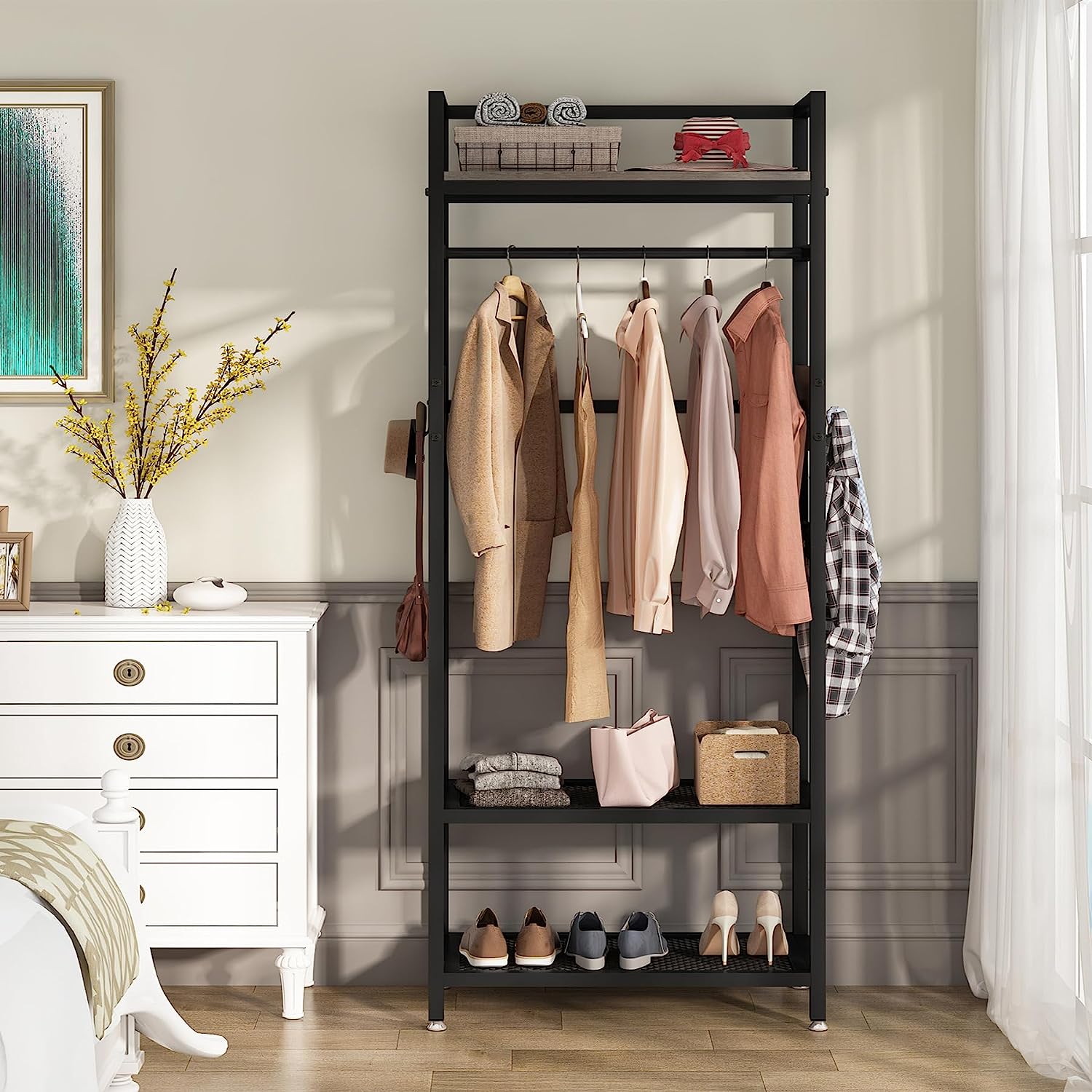
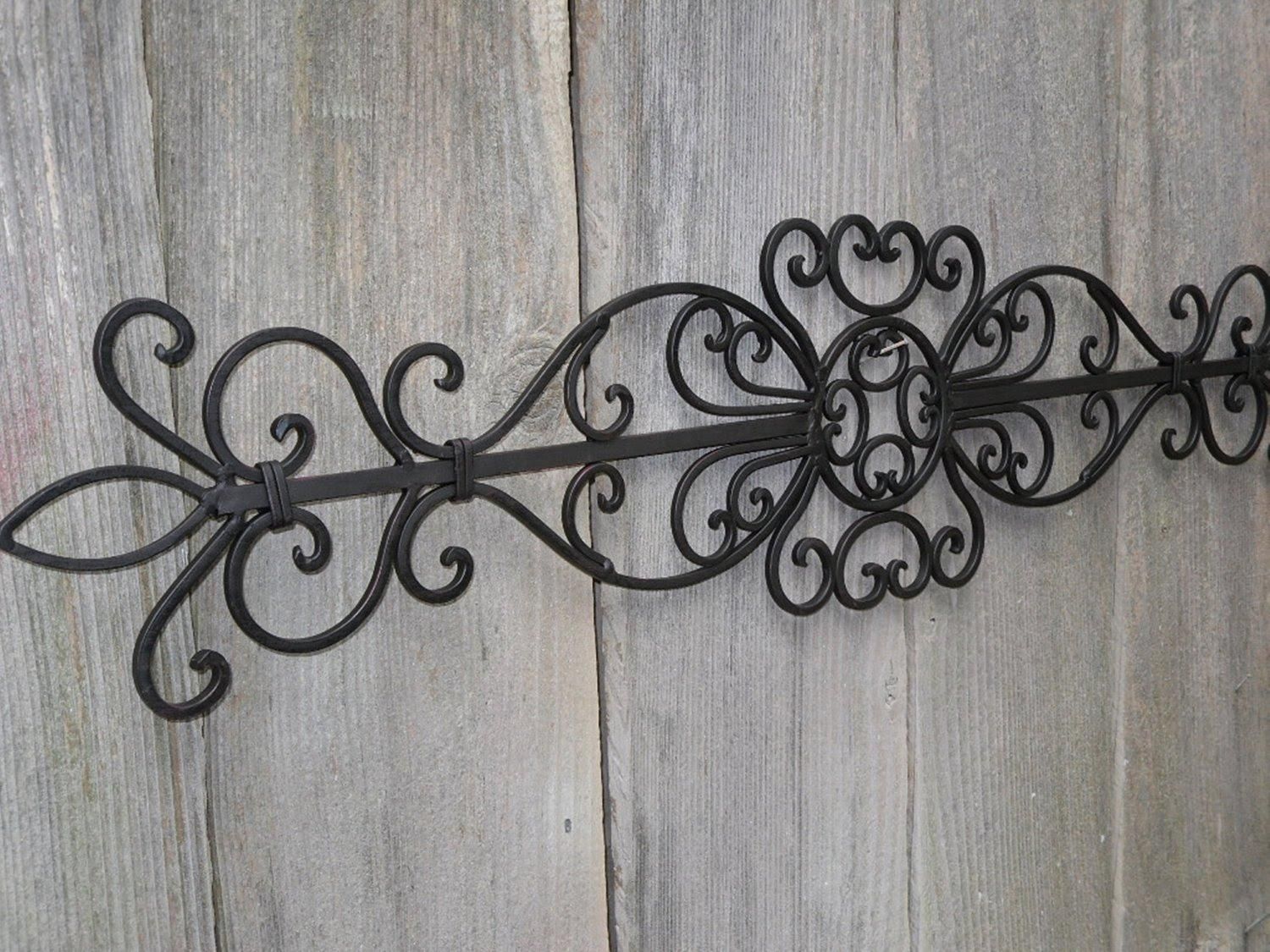
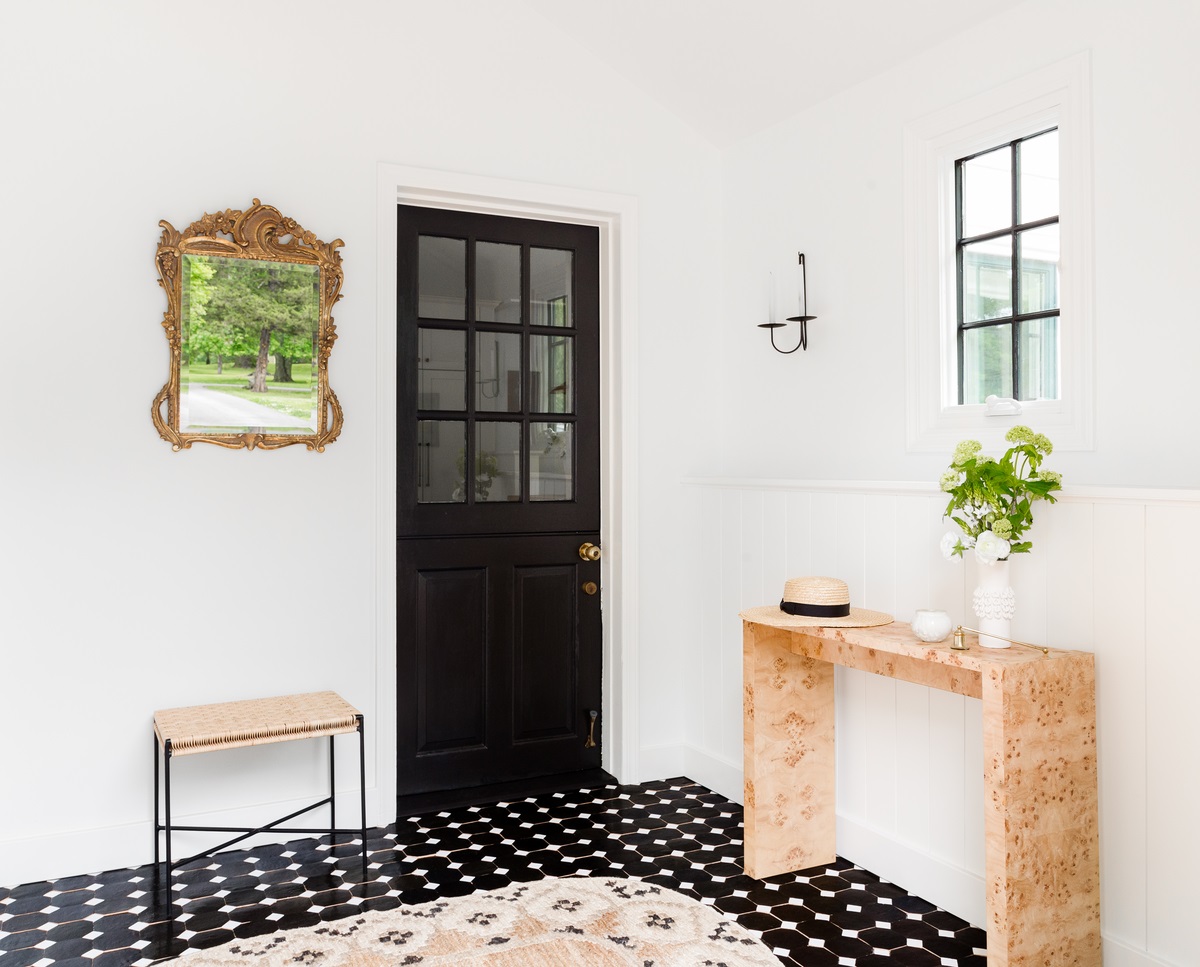
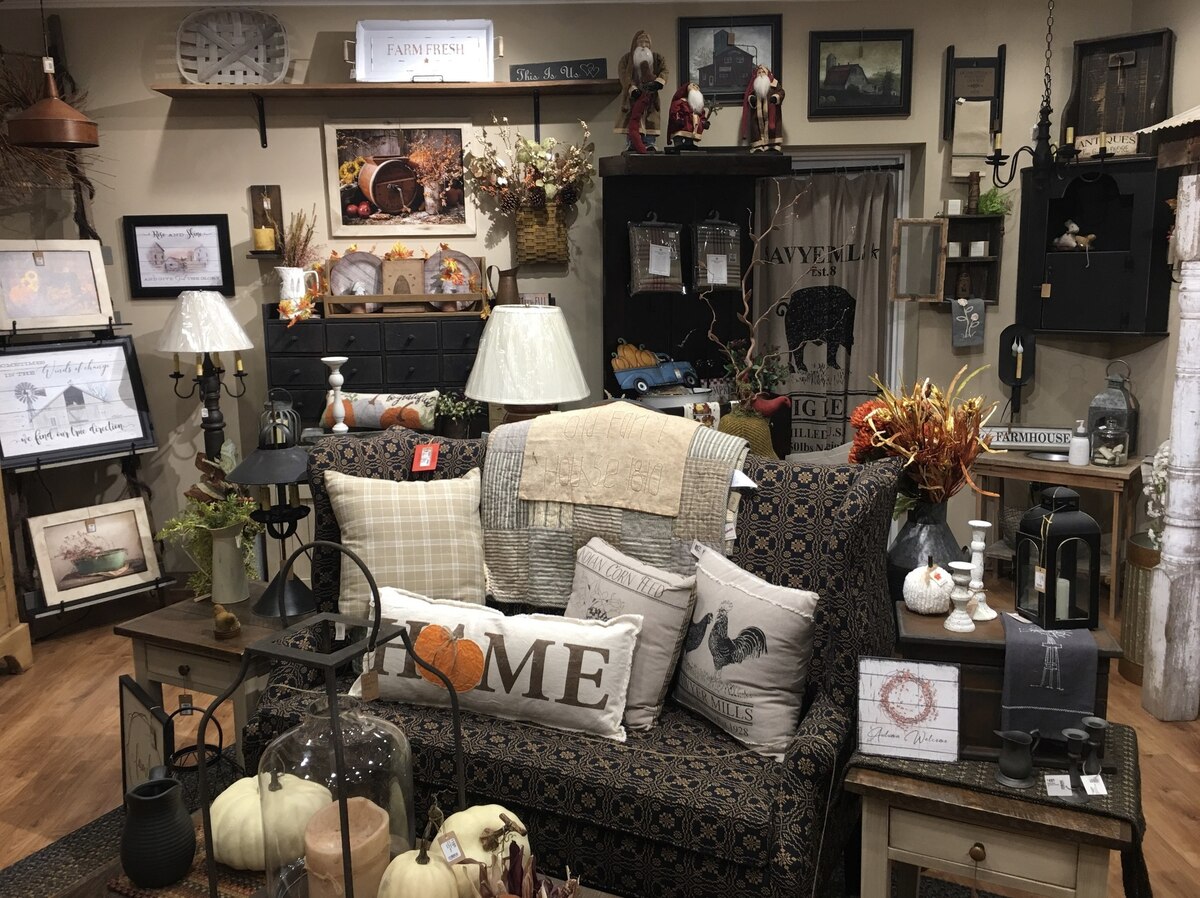
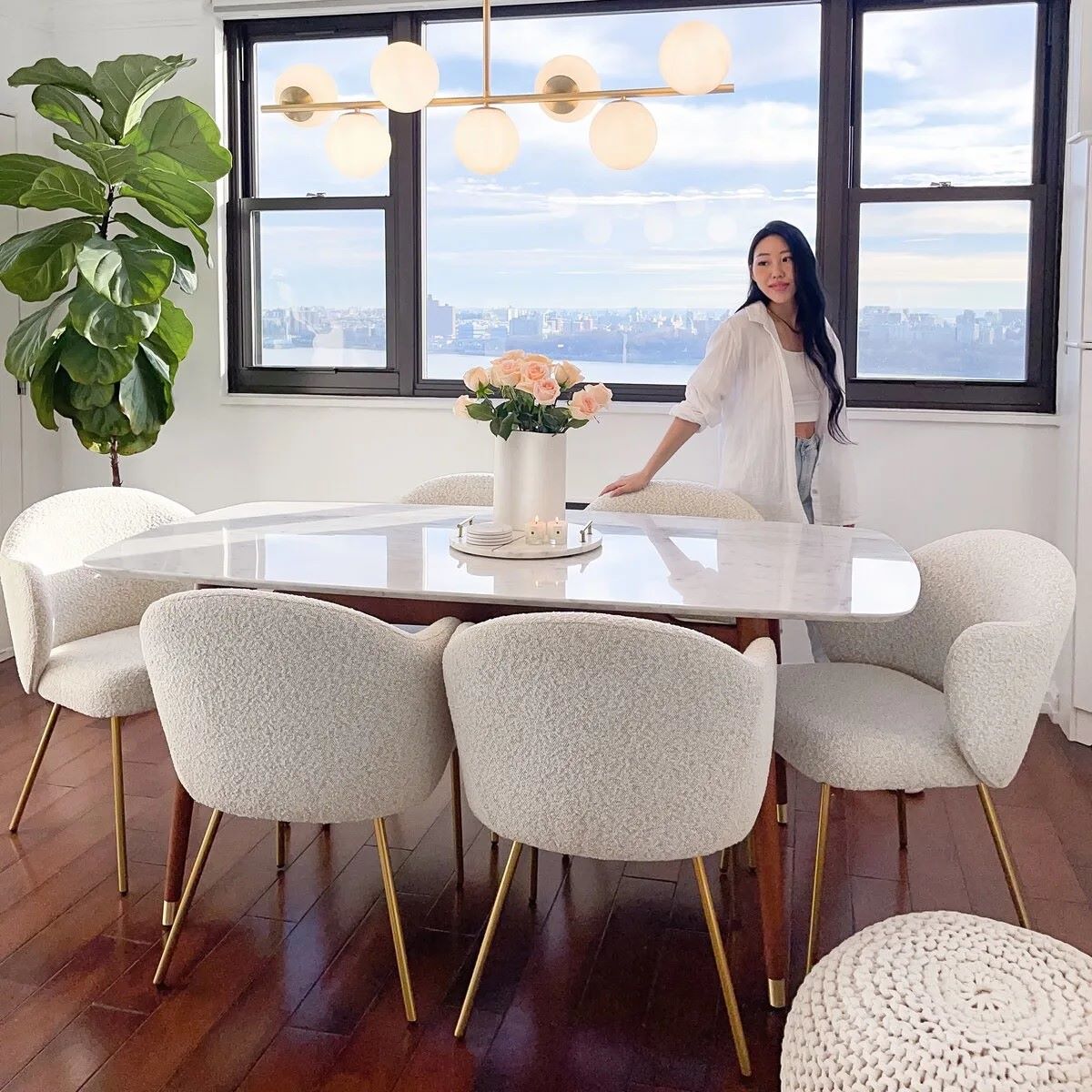

0 thoughts on “Decorating With Antiques: 12 Design Tips Plus Buying Advice”